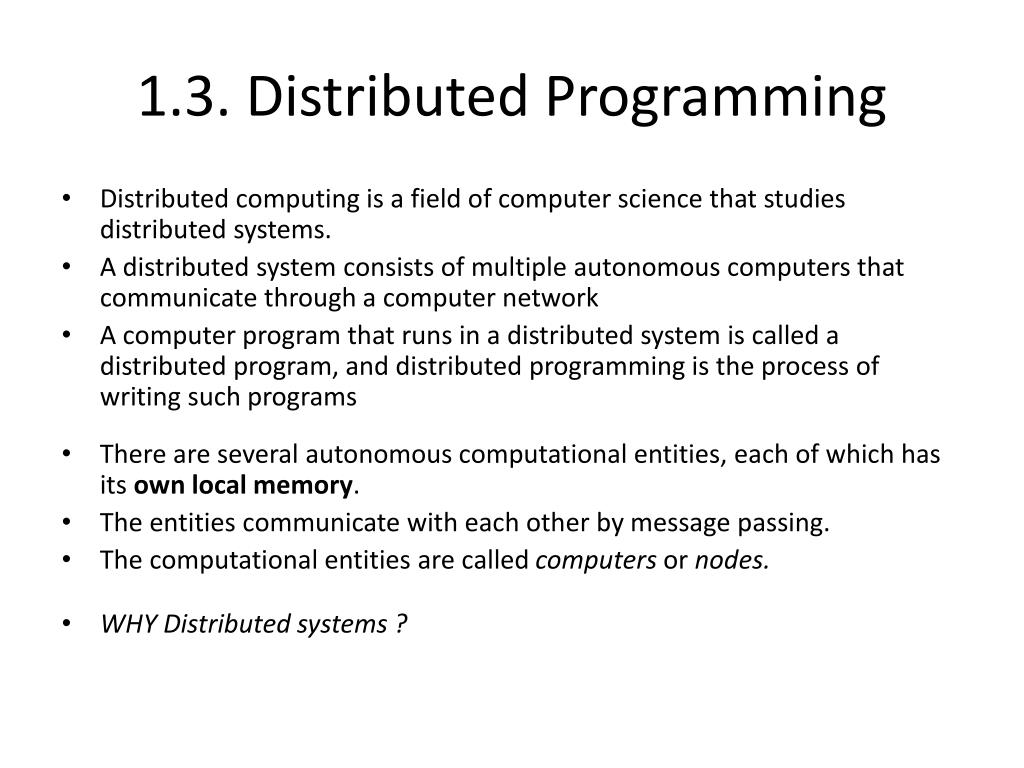

Using spare computing power from over 38,000 computers run by over 27,000 active volunteers as of November 2011, the project aims to generate accurate three-dimensional dynamic models of stellar streams in the immediate vicinity of the Milky Way.

edu /milkyway is a volunteer computing project in the astrophysics category, running on the Berkeley Open Infrastructure for Network Computing (BOINC) platform.

Once the theory is understood, the practical part of implementing a system in an actual programming language becomes much easier.A dwarf galaxy being disrupted by the Milky Way's gravity (the Milky Way is not shown, and would be at the center of the picture) By presenting theory first, the book allows readers to focus on the essential components of concurrency, distribution, and mobility without getting bogged down in syntactic details of specific programming languages. It can be used as a textbook for graduate and advanced undergraduate students in computer science or as a reference for researchers in the area of programming technology for distributed computing. The book is unique in bridging the gap between the theory and the practice of programming distributed computing systems. The parallel structure of the chapters in both part one (theory) and part two (practice) enable the reader not only to compare the different theories but also to see clearly how a programming language supports a theoretical model. The book then presents programming languages that follow the theoretical models already described, including Pict, SALSA, and JoCaml. The major theories of concurrent computation - including the π-calculus, the actor model, the join calculus, and mobile ambients - are explained with a focus on how they help design and reason about distributed and mobile computing systems. Starting from the premise that understanding the foundations of concurrent programming is key to developing distributed computing systems, this book first presents the fundamental theories of concurrent computing and then introduces the programming languages that help develop distributed computing systems at a high level of abstraction. An introduction to fundamental theories of concurrent computation and associated programming languages for developing distributed and mobile computing systems.


 0 kommentar(er)
0 kommentar(er)
